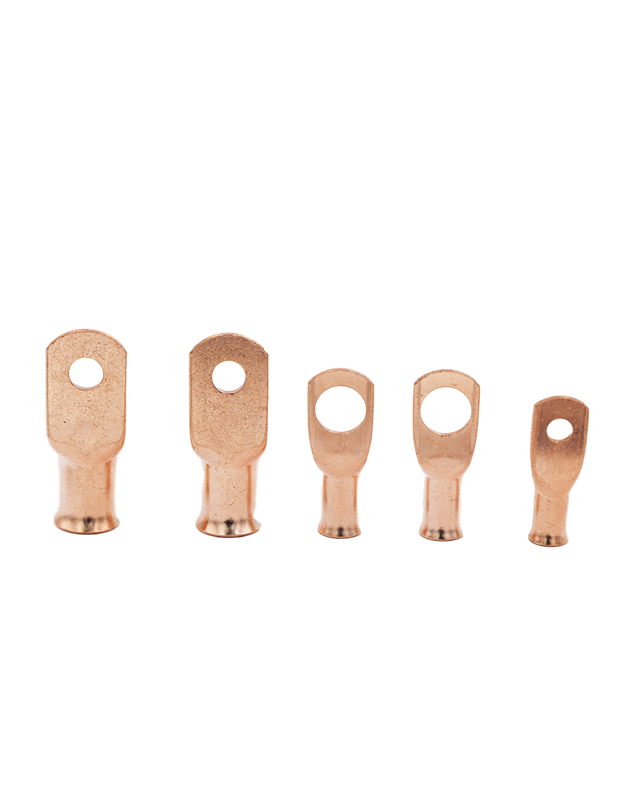

The copper nose is a connecting piece used to connect w […]
The copper nose is a connecting piece used to connect wires and cables to electrical equipment. The top side is the fixed screw side, and the end is the copper core of the wire and cable after being stripped.
Copper nose is also called wire nose, copper wiring nose, copper tube nose,Cord End Terminals , etc., and they are called different places and industries. It is a connector used to connect wires and cables to electrical equipment. The top side is the fixing screw side, and the end is the copper core of the wire and cable after being stripped. Copper noses are used for wires larger than 10 square meters. Copper noses are not used for wires smaller than 10 square meters, and cold-pressed wire noses are used instead. The copper nose can be divided into tin-plated and non-tinned surface, pipe pressure type and oil blocking type.

Main scope of application
Household appliances, electrical industry, mechanical equipment factories, shipyards, distribution cabinets and distribution boxes, etc. The product has good appearance specifications, good conductivity and safety.
Model 1: DT, made of T2 copper rods. The appearance of the product is a round spatula head, which can be used for sealing and blocking oil. The top side is for fixing screws. The end is inserted into the stripped cable and pressed with terminal pliers. .
Model 2: DTG, which is stamped from T2 copper tube, is slightly lighter than DT, and can replace DT when the connection does not need to be sealed and plugged. The workmanship is simpler and faster than DT, and the price is relatively cheap.
Surface treatment
There are two commonly used:
1. Pickling, the color after pickling is basically the same as the true color of red copper, which can play a beautiful, anti-oxidation and more conductive.
2. Tinned, the surface of the copper nose after tinning is silvery white, which can better prevent oxidation and conduction, and can prevent the harmful gases generated in the conductive process from diffusing.
Installation Precautions:
1. The screws must be tightened.
2. The cables and copper lugs must be inserted in place and pressed tightly with pliers.
You can tick the products you need and communicate with us in the message board.